Osteoarthritis In Dogs – Signs, Symptoms, Treatment, Prevention
By: Dr. Michele Broadhurst DC; ICCSP, IVCA, FIAMA; CCRPMtech Chiro (RSA) | Dec 21, 2020
***Click here to download PDF Version of this article.
Osteoarthritis is the most common cause of chronic pain in dogs. It affects 4 out of 5 dogs over 5 years of age. It is caused by the degeneration of the articular cartilage and normal bony structures of a joint. Due to this it results in pain and reduced use of the joint, weakening of muscles, ligaments and tendons, and compensations in other areas of the body due to offloading due to pain. It is a disabling, non-curable, and progressive disease which initially focuses on moving joints but eventually affects the whole dog and results in a significant decrease in their quality of life.
Visual Diagrams of Normal Joint vs Osteoarthritis vs Rheumatoid Arthritis
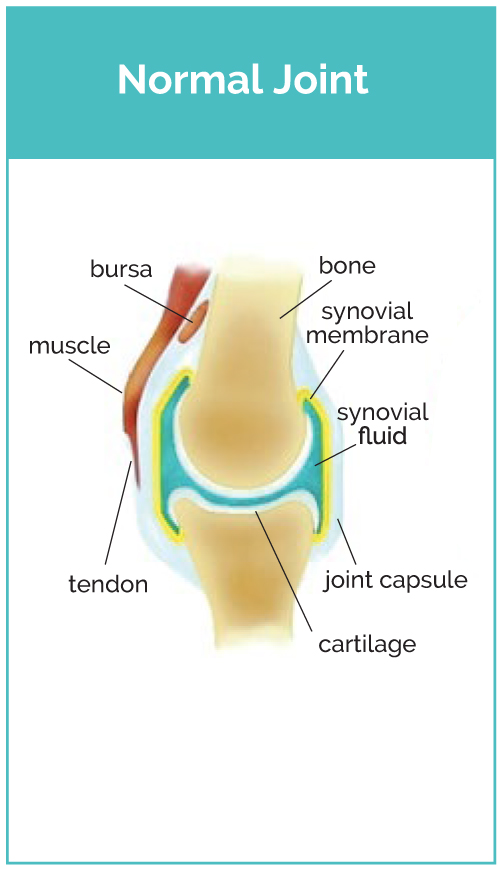

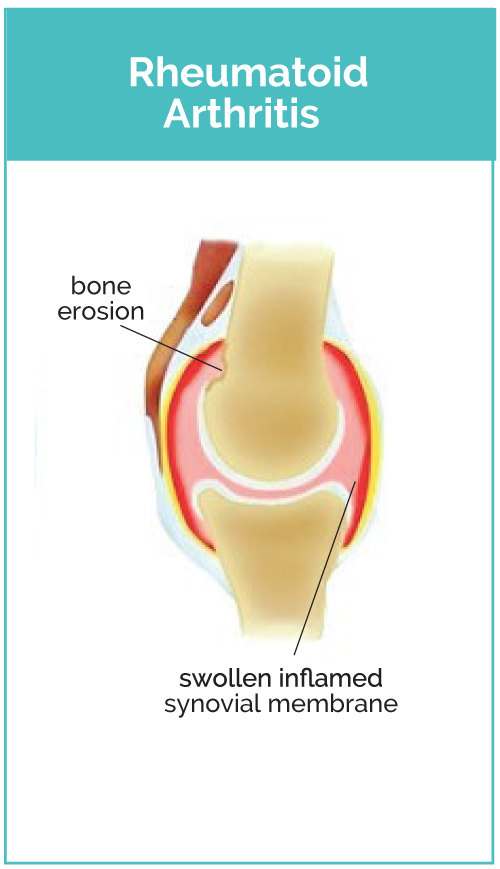
Signs & Symptoms
- Changes in mobility and posture
- Difficulty sitting, lying down, walking and moving in general
- Trouble with stair climbing- resulting in bunny hopping or falling
- Trouble jumping in and out of car- showing hesitancy or vocalizing.
- Less endhusiastic or tire on their walks
- Sleep more
- Personality changes
- Pacing
- Loss of muscle
- Weakness in a limb
- Lameness
- Licking of a joint
Cause
Developmental means that they are genetically predisposed to have abnormally formed joints which become apparent as the dog matures. Particular breeds such as Labradors, GSD, Retrievers and giant breeds are more susceptible to developing arthritis. Arthritis may range from mild to severe which will influence the dogs presentation of the disease.
Overweight dogs of any breed are more inclined to develop arthritis. Poor footing and stair climbing, lack of conditioning and poor muscle tone are also influencing factors that aggravate and perpetuate arthritis.
Acquired means that they were not born with a likelihood to develop the disease, but circumstances have caused it.
The main causes of acquired arthritis are traumatic injuries to the joint, immune mediated disease targeting the joint, or infections within the joint. The causes of arthritis in dogs are often out of the owner’s control. However, the action taken when a problem is suspected is in your control.
Diagnosis
- Recognition of changes by owner- acknowledging that your pets’ behavior and ability to do normal tasks has changed. This may present as stiffness, sleeping more, inability to climb stairs etc.
- Vet check – let your veterinary professional examine the dog fully, they may require blood tests or x-rays to be definitive in their diagnosis.
- Pain control – your vet will prescribe the appropriate pain killer or anti-inflammatory to reduce pain and inflammation.
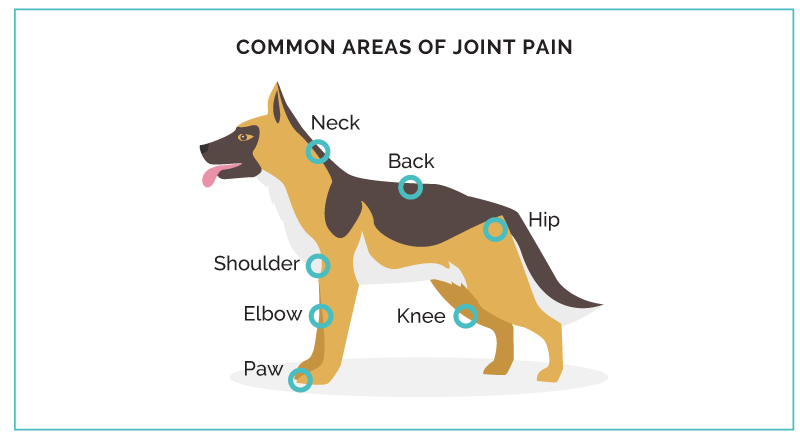
- Consult with a certified animal chiropractor, physical therapist or rehabilitation practitioner for strengthening and compensatory body work that will address the affected and not yet affected joints, muscles and ligaments. They can also help with neural feedback and natural pain control.
Prevention
Weight Gain
Excessive weight loads the joints increasing the progression of OA and reduces the dogs ability to move effectively.
Slippery Floors
Slippery flooring is a hazard for arthritic dogs and a common contributory factor to deterioration. Yoga mats and area rugs are very helpful at home. Boots, toe grips and other “grippy” accessories help dogs to manage their slipping.
Excessive Exercise
People tend to walk their dogs further on weekends because they have more time. This sudden increase in exercise will leave your arthritic dog feeling stiff and painful. Tailor your exercise to how well your dog is, not how much time you have. Don’t make your dog a weekend warrior, as they will take days to recover.
Uneven Terrain
Uneven surfaces, and unpredictable and changing surfaces like a shelly or soft sandy beach, angled and cambered roads, will be very hard on your dog’s joints and muscles, and may well leave them very sore the next day.
Cold
Temperature and the weather can have a significant effect on the degree of pain arthritis sufferers feel. Keep your dog warm with a good quality coat ideally with neck and stomach coverage. Don’t leave them out in the cold for long, especially at the end of the walk. Ensure that their sleeping place is draft free. Encourage them to use their bed rather than lying on the hard-cold ground.
Missing Routine Appointments
Regular check-up appointments are essential to ensure your dog is on the right medication, that there are no side effects, and that another disease hasn’t started to develop. Ensuring that body work is done by a certified animal rehabber, physical therapist, acupuncturist or chiropractor is essential. Many times, your dog will require multiple practitioners to ensure a high quality of life.
Unnecessary purchases
There are a lot of supplements, foods and merchandise out there. Not all of it is proven to be useful, so do your research into what to buy.
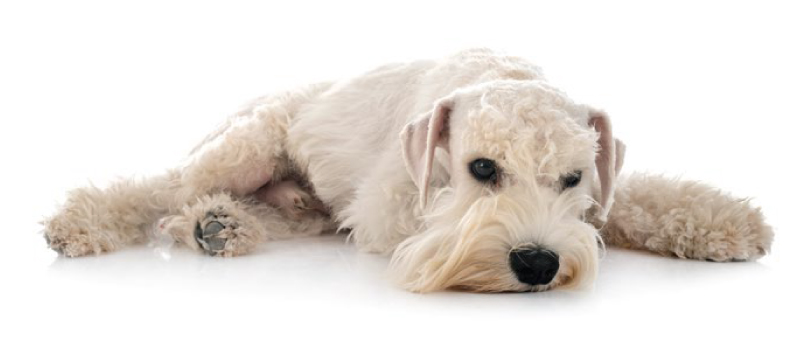
Treatment
Prevention of arthritis surgeries are specifically for younger dogs that have a genetic or developmental predisposition to arthritis. Arthritis surgeries are aimed at all stages to change the loading on the joint or remove fragments of cartilage/bone from within the joint. Surgeries aimed at removing/resolving arthritis tend to be aimed at older dogs to remove the painful joint, or joint surface.
X-rays and maybe CT or even MRI scanning may be required prior to deciding on a course of treatment. No decisions can be made without a clear understanding of the condition. If surgery is a possibility, make sure you understand why your dog would benefit from surgery, what the expectations of the surgery are, what the costs of the surgery and after-care will be, and what the risks are.
You also need to consider whether your dog will tolerate and benefit as it will involve several anesthetics, several trips to the vets, and an extended period of rehabilitation. Also consider whether there are other sources of arthritis that mean your dog will still be in pain despite the surgery. Your vet will be able to help you answer these questions.
Chiropractic
Chiropractic care is an excellent way to prevent and treat joint degeneration in your pet. Proper vertebral alignment keeps the body from shifting into unhealthy positions to compensate for joint pain caused by injury or degeneration. Regular manual orthopedic manipulation, especially with large and giant breed dogs, will help keep the musculoskeletal system from degenerating as the aging process occurs. It can also help keep your pet moving comfortably throughout her whole life. Dogs with floating kneecaps can benefit greatly from chiropractic adjustments to keep the hips and knees in alignment and to help prevent the condition from progressing. Dogs with hip dysplasia can avoid compensating injuries through chiropractic adjustments as well.
For those senior dogs where arthritis is already present, chiropractic adjustment allows for more motion to be put into the joint and therefore reducing pain and inflammation. The boney changes will not be reversed with adjustments, but the pain and stiffness and discomfort can be greatly reduced.
Physical therapy
Pets suffering from arthritis can relieve pain, improve movement, and strengthen their tissues. Focusing on pain reduction through various modalities and strengthening weak and compensatory tissues will help a dog cope with the changes occurring in their body.
Myofascial pain techniques
Myofascial dry needling reduces the myofascial trigger points or knots that form in injured and compensatory muscle and fascia and are often formed from low level contractions of the same muscle fibers over and over in arthritic joints and bones.
Cold laser, extracorporeal shock wave, myofascial release, soft tissue mobilization and acupressure are also effective ways to treat these overworked muscles that send pain to other areas, known as referred pain.
Acupuncture
Acupuncture is often used to treat dogs with arthritis and joint inflammation. For example, dogs with hip dysplasia or degenerative joint disease are good candidates for acupuncture, which may alleviate pain and improve joint range of motion by reducing pain and increase the flow of qi through the meridians.
Related conditions
- Hip dysplasia
- Elbow dysplasia
- Degeneration due to cranial cruciate tears
- Myalgia
- And many other inflammatory, joint and muscle conditions are related to OA
Rehab apparel and assisted devices
- Full body harnesses, help to lift and support the dog and help them to walk correctly.
- Toe grips and booties for gripping and prevent slipping on the floors
- Non custom bracing and custom braces to support a weakened area or degenerative joint
- Wheelchairs- for very arthritic dogs who still want to ambulate and have the freedom of “walking” on their own.
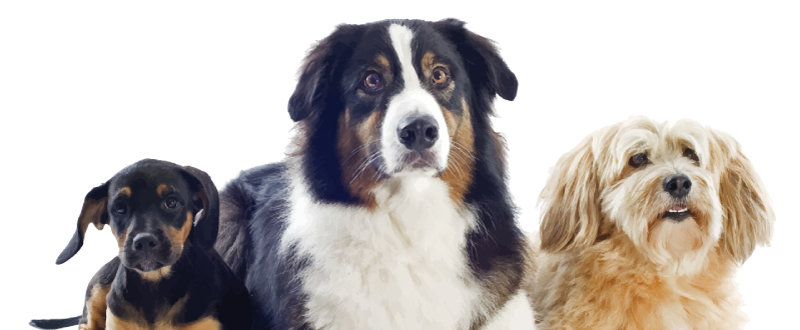
Stretches you can perform
Hip Flexor Stretch for Arthritic Dogs
The aim of this stretch is to assist with increased mobility of the hips and spine, improved condition of the lower back, and decreased pain associated with arthritis.
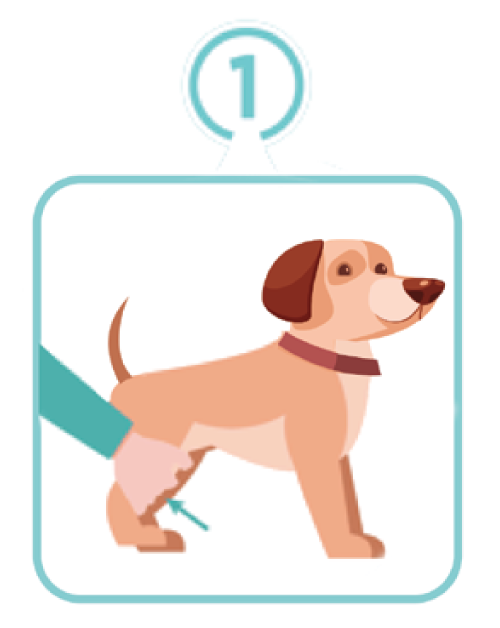
With your dog standing, take hold of one of their back legs just above the knee.
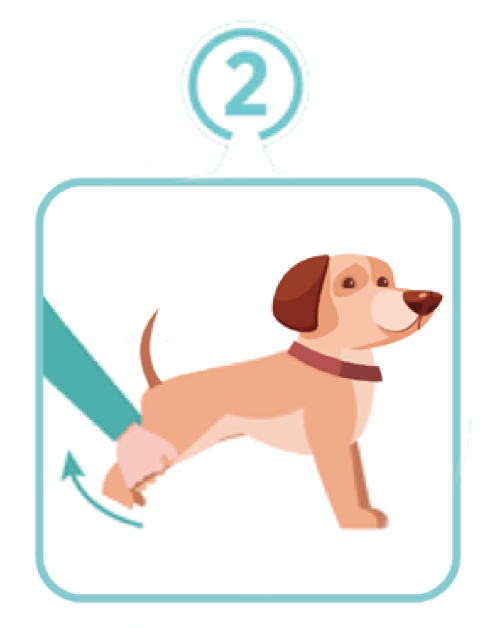
Gently move the leg back so it is positioned out behind your dog’s body.
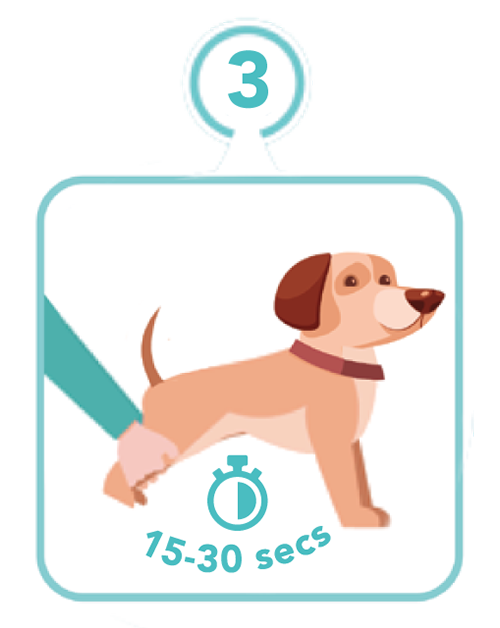
Once you reach the point of resistance (where moving the leg back further would require pressure), stop and hold the leg in position for 15-30 seconds.

Repeat 2 or 3 times for each back leg.
Shoulder Stretch for Arthritic Dogs
The aim of the next stretch is to improve the range of motion in the shoulders, chest, and upper back, increase breathing capacity, and decrease pain associated with arthritis.
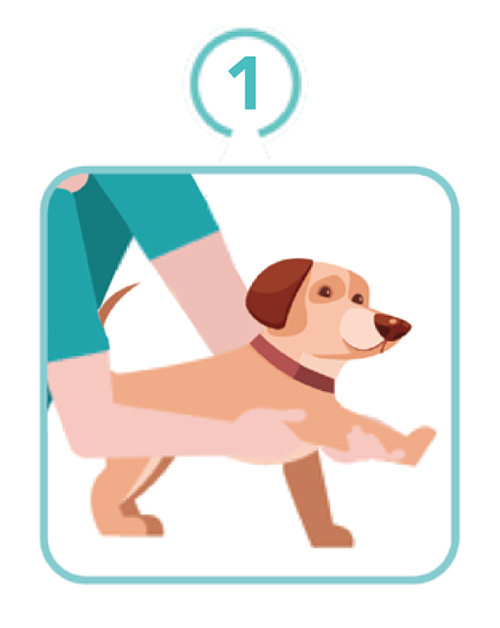
With your dog standing, grasp one of their front legs just above the elbow with one of your hands.
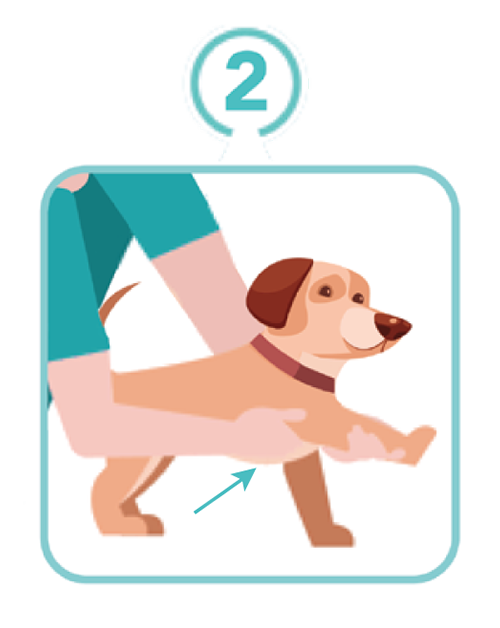
Place your other hand under the elbow to stabilize it.
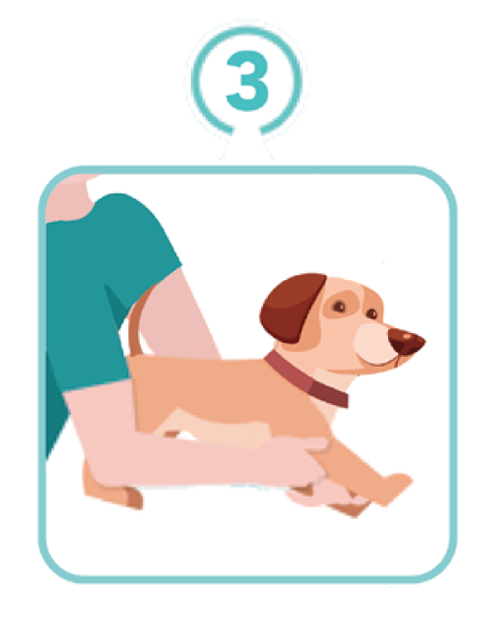
Slowly move the front leg so it is positioned out in front of your dog’s body.
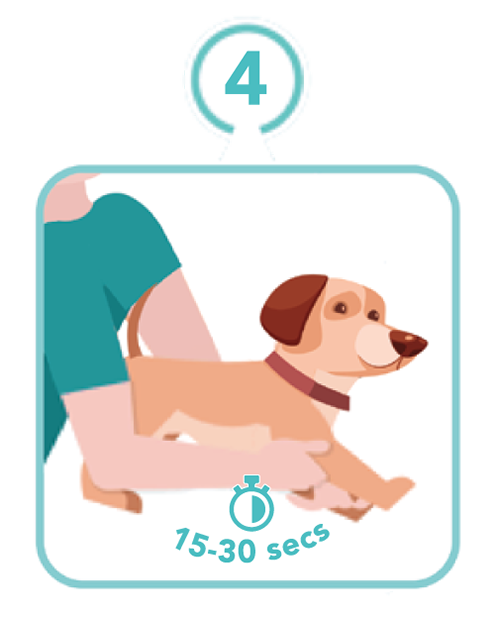
When you reach the point of resistance (where moving the leg further forward would require pressure), stop and hold the leg in position for 15-30 seconds.

Repeat 2 or 3 times for each back leg.
Back Stretch for Arthritic Dogs
The aim of this stretch is to help improve mobility of the spine and decrease pain associated with arthritis.
The Method
- Grab a handful of your dog’s favorite training treats.
- With your dog standing, move to one side of their body.
- With the treat in your hand where they can see it, move your hand slowly along their body from their face towards the direction of their tail.
- Encourage your dog to follow the treat with their eyes, turning only their head, which will require them to bend their body into a C shape.
- Hold in this position for 15-30 seconds, then reward them with the treat.
- Repeat 2 or 3 times on each side.
Massage will help improve the flow of spinal fluid, increase mobility of the spine and hips, and decrease anxiety.
Back and Sacrum Massage for the Arthritic Dog
The Method
- For an extra treat your dog will love that also helps manage arthritis, perform a quick back and sacrum massage.
- Start at the sacrum – located at the base of the tail, between the hipbones. Using light pressure, move your hands in a gentle circular motion over this hard, flat surface.
- Proceed slowly and gently with the same motion up the length of your dog’s spine, using very little pressure when in direct contact with the spinal vertebrae.
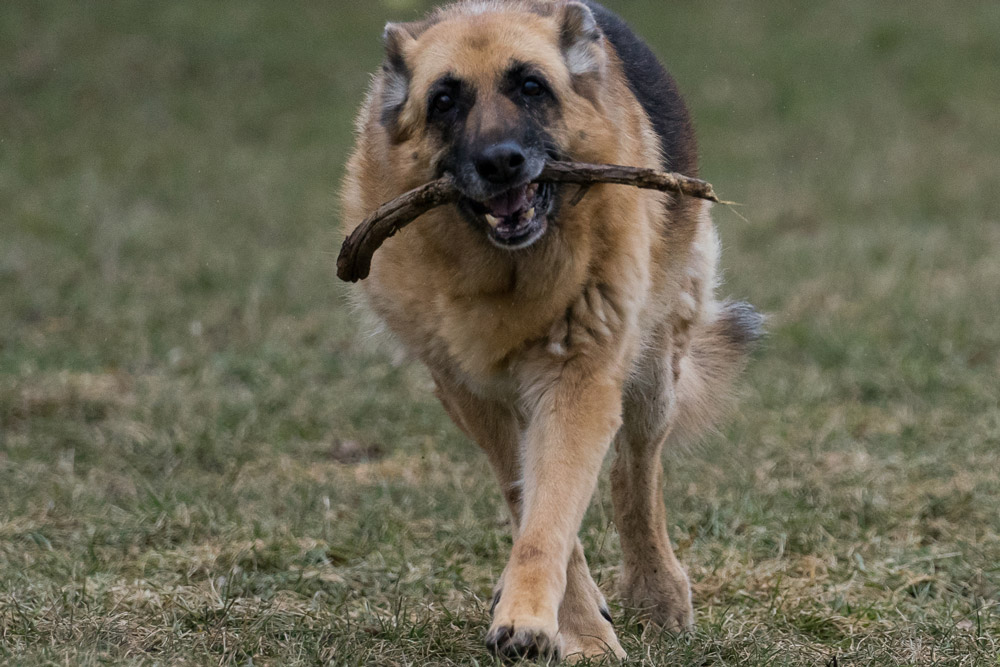

Disclaimer: healthcareforpets.com and its team of veterinarians and clinicians do not endorse any products, services, or recommended advice. All advice presented by our veterinarians, clinicians, tools, resources, etc is not meant to replace a regular physical exam and consultation with your primary veterinarian or other clinicians. We always encourage you to seek medical advice from your regular veterinarian.

